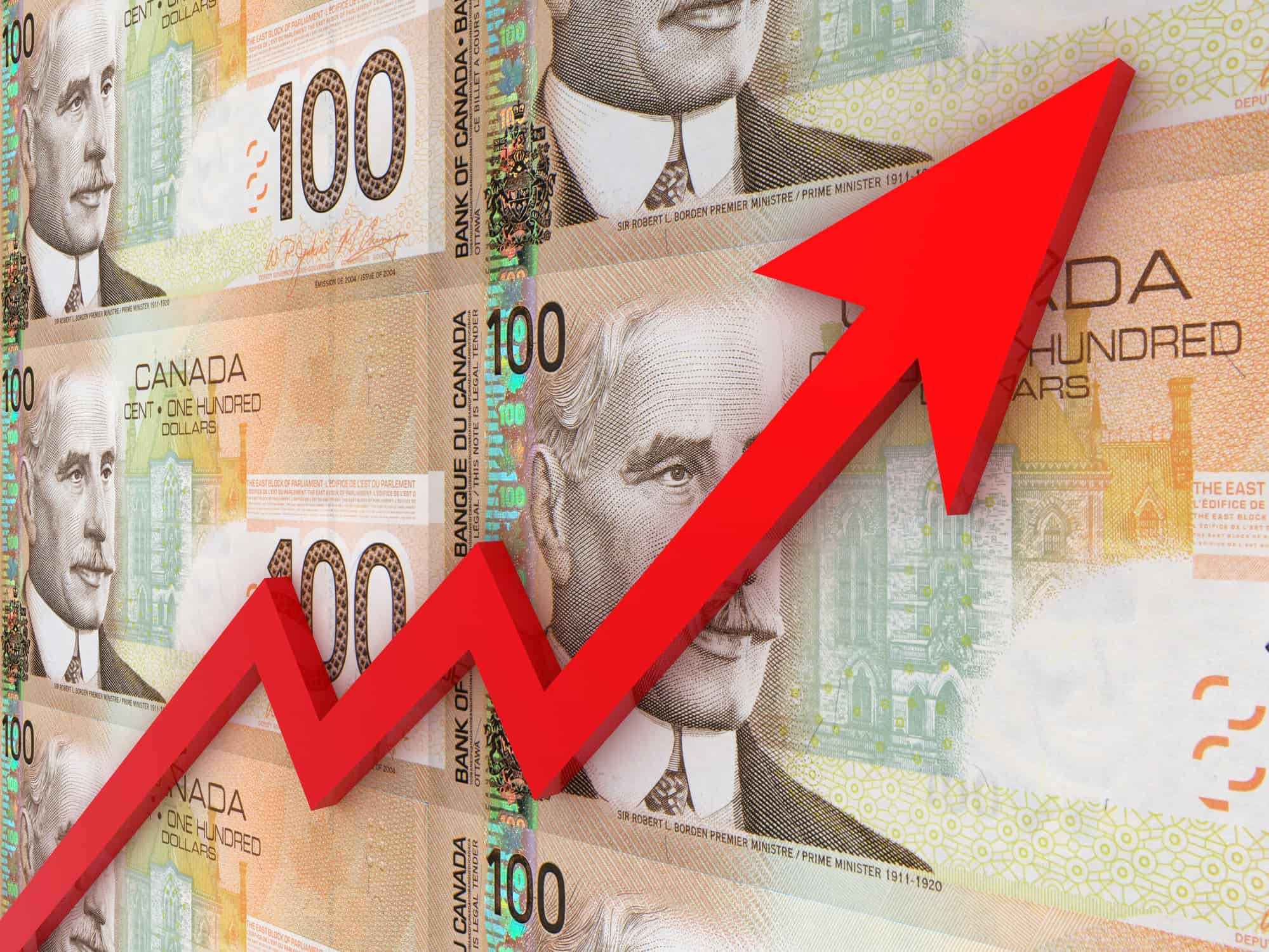Despite the market turmoil, some TSX stocks look well-placed for the longer term. They could outperform broader markets based on their competitive advantages and valuation. Here are three of them.
Air Canada
Air Canada (TSX:AC) stock has lost 12% since last month, despite reporting a decent set of numbers in the fourth quarter (Q4) of 2022. It’s the worrying macroeconomic picture that’s pushing the stock lower. However, AC stock could see higher levels later this year, driven by its clear path toward profitability.
Air Canada has seen solid revenue growth in the latest reported quarter, thanks to stellar demand growth and easing pandemic-related restrictions. After several quarters of losses and cash burn, Air Canada posted solid quarterly performance, indicating clear profitability. In Q4 2022, its net income came in at $168 million versus a loss of $493 million in Q4 2021.
Moreover, the company management has issued optimistic guidance for 2023 and 2024. While higher costs in the inflationary environment might dent its 2023 operating profits, Air Canada still sees a decent 88% growth year over year.
AC stock has gained 5% in the last 12 months, outperforming the TSX Index. The downside from its current levels looks limited. Appealing valuation and more clarity over its profitability will likely drive AC stock higher.
Vermilion Energy
Canadian mid-cap energy stock Vermilion Energy (TSX:VET) has been a laggard this year due to its windfall tax woes and falling natural gas prices. It has lost 50% of its value since August last year.
After such a massive correction, Vermilion is one of the most undervalued names in the TSX energy space. It is trading at a free cash flow yield of 16%, while the industry average is around 14%.
Vermilion is among the very few Canadian energy stocks that have assets internationally. Almost 50% of its production is natural gas-weighted. So, the recent fall is quite evident. However, even after an expected big dent on its earnings due to windfall taxes, Vermilion is expected to achieve cumulative free cash flows of $3 billion between 2022 and 2024. Plus, it is sitting on some of the lowest leverage levels in history.
So, considering the fundamental improvements in free cash flows and the balance sheet front, VET stock looks like an appealing bet.
Canada Goose
Canadian luxury stock Canada Goose (TSX:GOOS) has lost 22% in the last 12 months. Inflation and lower expected discretionary spending might negatively drive luxury stocks like Canada Goose. However, it could outperform in the longer term, driven by its strong brand equity and higher contribution from the online segment.
Canada Goose is a $2.8 billion performance luxury and outerwear maker. In 2017, the direct-to-customer or e-commerce segment brought in 29% of its consolidated sales. In fiscal 2023, it is expected to contribute 70% of total sales. Its online segment also obtains much higher margins compared to traditional retail.
The company management recently issued a positive commentary regarding its long-term growth. Through 2028, Canada Goose expects its revenues to increase by 20% and operating profit to grow by 38%, compounded annually. Canada Goose investors might not see a big bounce back soon due to the challenges driven by an expected economic downturn. However, it will likely create a decent value driven by its margin expansion and superior earnings growth.









